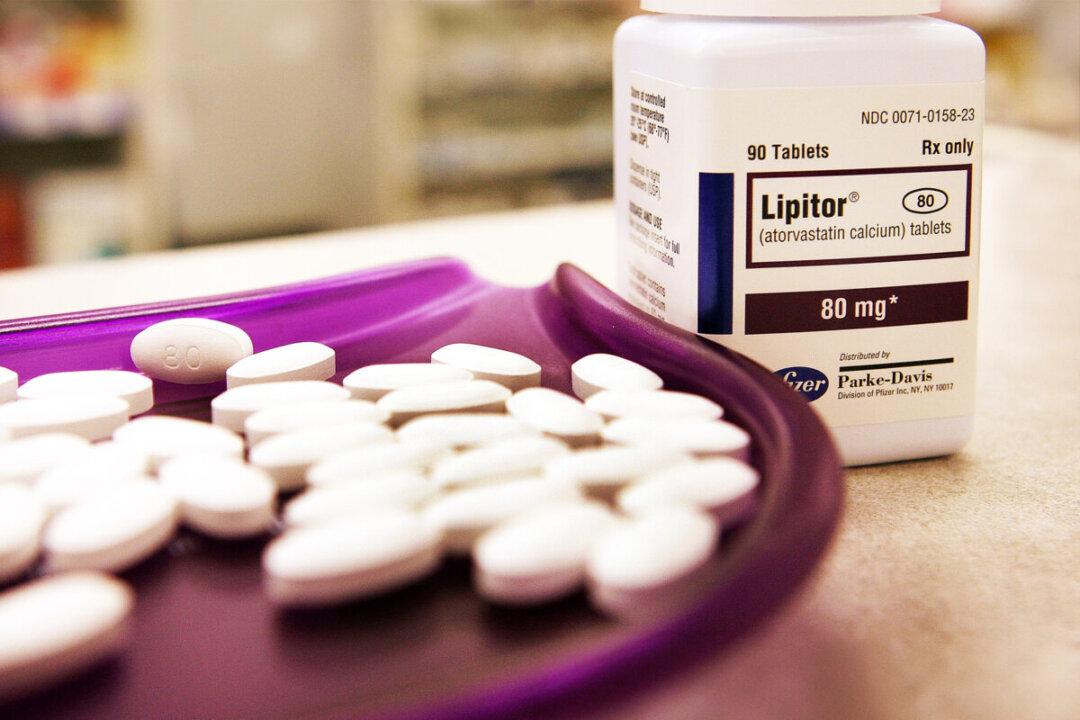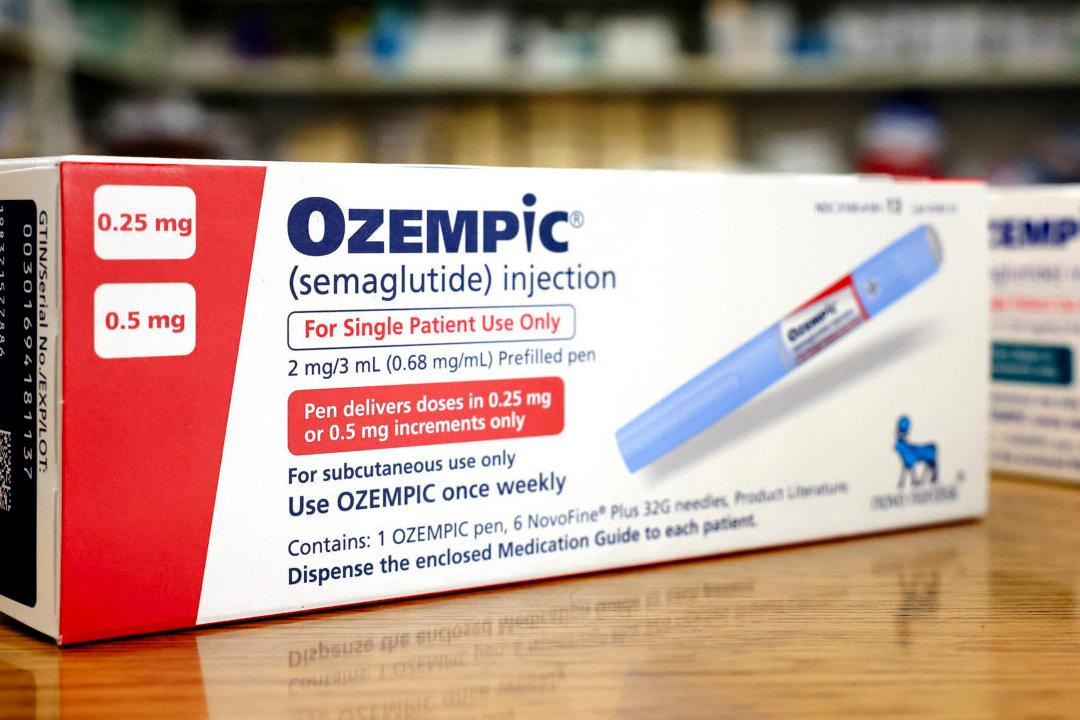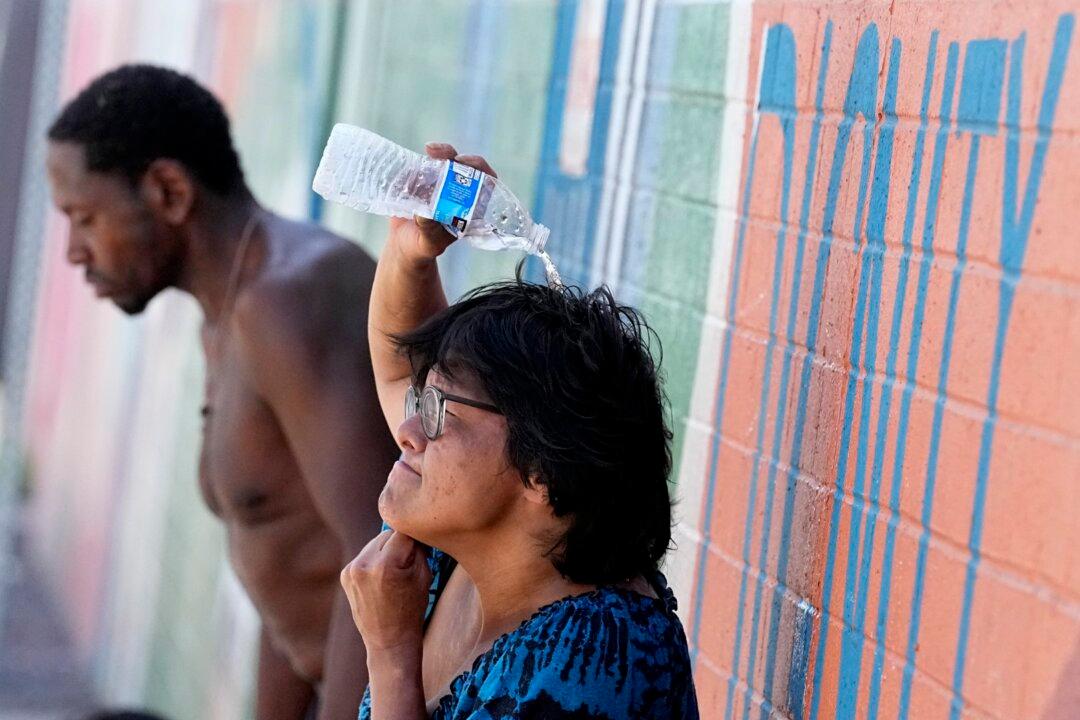There are important changes coming to Medicare Part D plans in 2024, which enrollees should be aware of before this year’s open enrollment period, which runs between Oct. 15 and Dec. 7.
As Medicare health and drug plans can undergo several changes each year—affecting things like cost, coverage, and which pharmacies and providers participate in an enrollee’s networks—the U.S. Centers for Medicare and Medicaid Services (CMS) recommends that those enrolled in a Medicare health or prescription drug plan review all materials sent to them by their providers.





